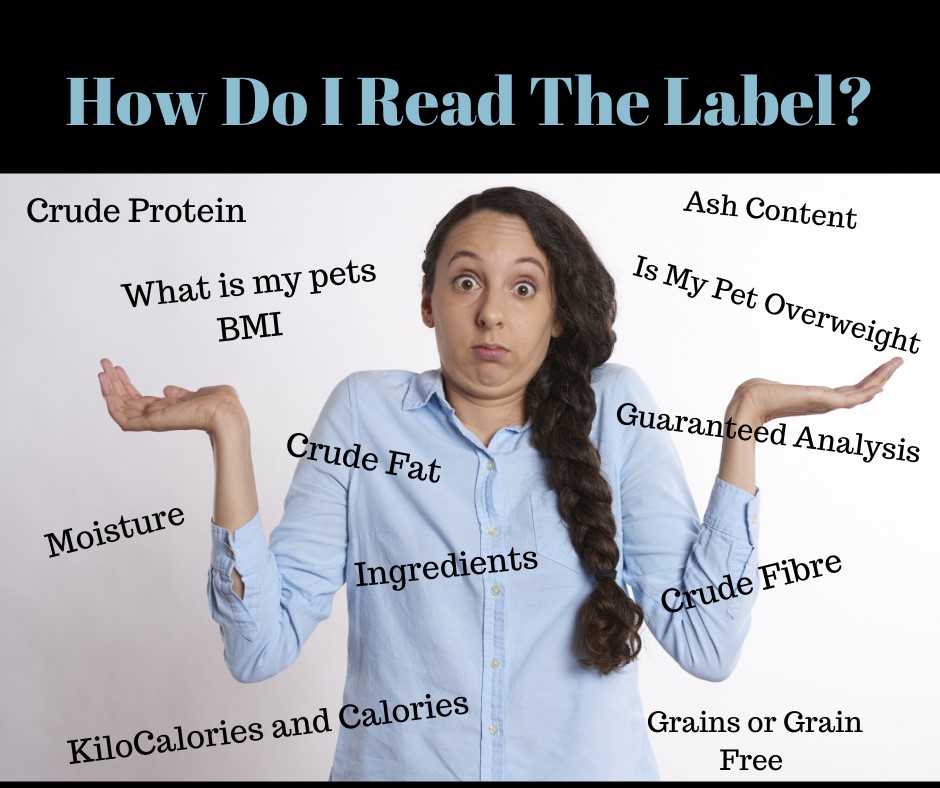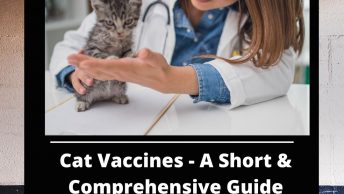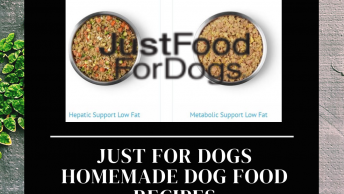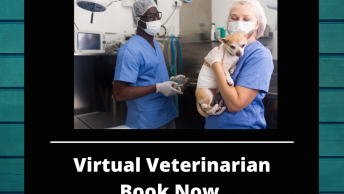Nutrition Information on your pet food what does it mean? Reading the labels and finding the right nutrition for your pet can be overwhelming and confusing. Make sure you really look into the ingredients. Find Low or High-Calorie pet food,
Learn about the label and packaging requirements in Canada. We need to know how much to feed our pets. Obesity is a problem for our pets too. More people are paying more attention to what goes into their food. It can be very confusing Right?
Table of Contents
The Pet Food Industry In Canada
The majority of Canadian pet food manufacturing is located in Ontario. The Canadian industry currently employs approximately 2050 people. According to the Pet Food Association of Canada, – more than 480,000 tonnes of pet food is sold in Canada annually. And growing by 4% a year? What is Canada’s Industry Standards?
Industry Standards
- The Guidelines, an accepted standard in the pet food industry, recommend pet food labels should contain at least the following information in addition to the Consumer Packaging and Labelling Act items.
- List of ingredients: listed in descending order by percentage of weight
- Feeding instructions
- Guaranteed analysis: information on the minimum and maximum nutritional quantities. For example, the analysis will include the maximum or minimum percentage of protein, fat, fiber and moisture.
- Nutritional adequacy or intended life stage for which the food is suitable
- Ingredients must be listed and identified by their common names. When an ingredient or combination of ingredients makes up 90% or more of the total weight of all ingredients, these ingredients may also form a part of the product name. For example, if the product contains 90% or more beef, it may be called “My Brand Beef Dog Food”.- Source of Information is from The Pet Food Association of Canada
What Does Guaranteed Analysis Mean?
Guaranteed analysis: information on the minimum and maximum nutritional quantities. The analysis will include the maximum or minimum percentage of protein, fat, fiber and moisture. According to Industry Standards.
Looking at the label you will notice that there are percentages to each part. Failure to meet the guarantees may result in possible enforcement action against the product. It is necessary to test multiple batches of each product. You can see how each batch is different. They do average out the percentages. It will only give us an approximate value of each label. This chart is a great example. Source from The Pet Food Association of Canada
NOTE: Ash guarantee is not required on pet food labeling. Typically included in “proximate analysis” lab reports only.
For instance:
8% protein in canned cat food isn’t the same as 8% in dry food. (wet will be a lower percentage). Since canned food contains 75-78% moisture and dry only has 10-12% water.
Here is an example:
Divide the reported amount of protein (in this case, 8%) by the total amount of dry matter (25%). Then, multiply the result by 100.
Dry Matter Protein = (8/25) x 100 = 32%
To find out the true quantities of nutrients in your pet’s food, you must measure it on a dry matter basis. Dry matter basis evaluates the whole food without any moisture. Remember wet foods will have a lower percentage than dry foods.
If the label calls attention to preservatives or other similar ingredients, these need not be included in the guaranteed analysis statement. When water is added in the preparation of pet food, a statement of that fact will be on the label. For example, “sufficient water has been added for processing” may appear at the conclusion of the ingredient list Dry foods can contain water as well as wet foods.
Ingredients
Take note of all the ingredients in your pet’s food. Especially if you are already giving them vitamins and supplements in addition to their diet. Preservatives must also be listed. Minor ingredient categories such as vegetable gums (Xanthan gum or vitamins and minerals may be expressed as a group).
Make sure Meat or Protein is the first ingredient. Adult dogs in good health generally require about 18-25 percent protein in their diet, which can come from a variety of sources using the ratios below. You can also look for meats considered feed grade as below in addition to deboned meat:
- Poultry meal
- Meat meal
- Animal by-products
- Porcine plasma
- Animal fat
Typically this would be represented as an 80/10/5/5 ratio; 80% meat, 10% bone, 5% liver, and 5% other organs.
What about Grains?
Grain-free kibbles are often linked to the term low-glycemic and are recommended to stabilize blood sugar and aid digestion. Some grain-free formulas are still very calorie dense and not as low on the glycemic index as you may assume. Replacing grains with white rice or potatoes will not lower the effect that the food will have on your pet’s blood sugar levels.
If You’rethinking of going completely grain-free. Try to choose food with lower glycemic grain choices. Like oats, barley, or brown rice. These types of ingredients will provide energy. They will digest slower and distribute more evenly over time.
Depending on your pet’s activity level, your pet may need more or less animal protein and fat in their diet, and the rest of the food is carbohydrates.
For higher protein kibbles the carbohydrates can be quite high. This is why it’s even more important to make sure that the carbs in your pet’s food are low-glycemic and nutrient-dense.
Look for foods that are high in fiber and low-glycemic, avoid fillers. Foods like peas, lentils, oats, barley or sweet potatoes are a better choice to improve digestion and help your pet feel fuller after mealtime, reducing cravings and begging.
Low Glycemic Index – What about Gluten-Free Products?
Xanthan gum is used by manufacturers of pet food. It has a low glycemic index. Foods containing it can be marketed as ‘gluten-free’. Which is certainly a popular word in the nutrition business nowadays. It is used almost exclusively in wet food. It can also be in most dry/wet pet food and treats. Mainly used as a binding agent.
Association of American Feed Control Officials (AAFCO) is the voluntary association of local, state, and federal agencies that oversee pet food: Canada also goes by these guidelines. They have issued preliminary approvals for the use of xanthan gum in canned cat and dog food. It is not a natural substance and how your pet reacts should always be monitored. It has been known to cause upset stomach and diarrhea.
Nutrition
Vitamins and minerals must be included in dog food. Vitamin E and Vitamin A for instance. Vitamins are found in many common foods, including fruits and vegetables, which is why these ingredients are found in many pet foods. Minerals needed include calcium, phosphorus, magnesium, sodium, chloride, sulfur, and potassium.
Minerals that are needed in much smaller quantities are called trace minerals. Important trace minerals include iron, zinc, copper, chromium, iodine, selenium, manganese and fluorine. Minerals are in common foods such as legumes, grains, meats, fruits, and vegetables.
Multi-Vitamins
Make sure if you’re giving them supplements like a multivitamin that you keep an eye on the number of vitamins such as Vitamin E You can do more harm than good if you don’t know what you’re doing. You should always ask your vet. You can view a CTV link below It is a great example of what happens when there is too much Vitamin E in your pet food.
Calories to Kilocalories
Kcal stands for Kilocalorie, which is what we refer to in our own diets, as a calorie. For example, (Going by Dog Food Label) on your bag of food, you may notice it will say (ME) 3598 kcal/kg or 378 kcal/cup. If the ME kcal figure provided is kcal/100g, simply multiply this figure by 10 to get the kcal/kg. Still confused? Your pet’s diet depends on the pet’s need for daily calorie intake. If your pet is overweight maybe try food under 3000kcal/Kg. Again make sure you consult with your vet.
So remember you can use a food calculator to keep a Pet diet diary to know how much you’re actually feeding them in calories. You can convert this to Kilocalories and be able to know exactly how many cups of food plus the treats and extra’s like table scraps you are feeding your pet. This can help keep your pet healthy and not overweight.
Check Your Pets BMI /Calorie Intake With These Calculators
Using the 9-point Body Conditioning Score, you can routinely check your pet’s weight and development to indicate if you are ready to change from a growth formula to a maintenance food. Puppy/Kitten Food is much higher in Calories than Adult food for instance. The standard timeline to switch your puppy/kitten off of growth formula is between 8 months to 10 months for small breed dogs and cats, 10 months to a year for medium breed dogs, and 12 months up to 2 1/2 years for large or extra-large breed dogs.
You can check the calculator to see how many calories your pet needs a day for dogs. For Cats
You can calculate your dog or cat’s BMI Here. This will help you determine the appropriate amount of calories per day your dog or cat should have. You can also use the calculator at Pet Nutrition Alliance.
Other Recommendations
Keep a Doggy Food Journal
The best thing you can do is find out what your pet’s calorie intake should be. Start a journal and include all the calories your pet is getting. Don’t forget to include table scraps and treats. Start by only cutting their calories by 3-5% a day is enough. The rest should be done through exercise. Dogs or cats that are obese should be given a prescription diet monitored by your vet.
Weaning Your Pet On To New Food
To wean your dog or cat onto new food. It is recommended for the first two-3 days to mix 75% of current food with 25% New food. Then in two-three days go to 50% and 50% and the last two days try 75% New food and 25% other. Until you have reached 100% new food. You can take up to 10 days for transitioning. If your dog hasn’t adjusted at that time, speak to your vet. Maybe consider another food that can meet your dog’s needs.
You will be able to tell when your pet has a bowel movement. If they have adjusted to the new food their stools should be firm and not leave any residue when picking it up. It is not recommended to switch them over 100% in the beginning. I highly recommend weaning them slowly onto new food to avoid upset stomachs and diarrhea.
Always Check With A Vet
Again it all comes down to asking your vet what your pet needs. Don’t be afraid to speak to a nutritionist that specializes in animals. Pets are only here for such a short time. So it’s our job to keep them around as long as we can and feed them the nutrition they need. You can also read about a base amount to feed your dog if you’re still confused.
When buying commercial food always make sure you check the recalls and warnings. Such as the latest report on CTV News called “Dog food sold in Canada and U.S. could be linked to deadly disease “You can get updates on the Recalls in Canada This is a great example of what giving too much Vitamin E can do to your pets.
Another option is to make your own food. Or purchase your food from companies doing the work for you. You can check out my two articles on Homemade Pet Food and Treats for dogs with sensitive tummies. Also, you can read about What human foods are safe for dogs.








